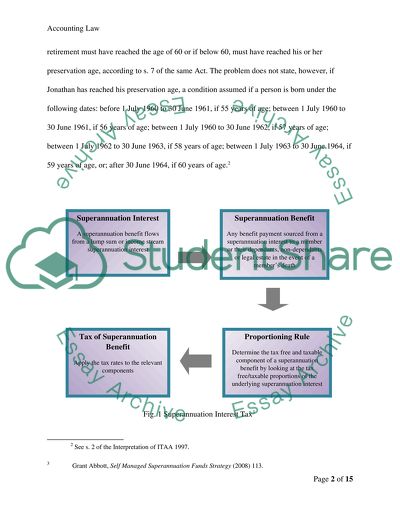Cite this document
(“Accounting Law Assignment Example | Topics and Well Written Essays - 2000 words”, n.d.)
Retrieved from https://studentshare.org/law/1430969-you-are-working-as-a-graduate-accountant-at-the
Retrieved from https://studentshare.org/law/1430969-you-are-working-as-a-graduate-accountant-at-the
(Accounting Law Assignment Example | Topics and Well Written Essays - 2000 Words)
https://studentshare.org/law/1430969-you-are-working-as-a-graduate-accountant-at-the.
https://studentshare.org/law/1430969-you-are-working-as-a-graduate-accountant-at-the.
“Accounting Law Assignment Example | Topics and Well Written Essays - 2000 Words”, n.d. https://studentshare.org/law/1430969-you-are-working-as-a-graduate-accountant-at-the.


